Engaging with MOSAiC Monday over the (Northern Hemisphere) summer
Hello all! MOSAiC Monday team here with a quick update on how you can engage with MOSAiC Monday throughout the Northern Hemisphere summer. Whether you are an educator planning next year's curriculum, a parent whose child's summer camp plans were foiled due to COVID, or an Arctic enthusiast keeping tabs on the expedition, we've got something for you. Over the next several weeks, you'll notice a couple of new recurring sections in MOSAiC Monday:
- Educators' Corner: Teachers, get a head start on your curriculum planning for next year or find out about professional development opportunities related to STEM teaching and learning. We'll share educational resources related to MOSAiC and the Arctic that you can integrate into your classroom and more!
- MOSAiC Virtual Summer Camp: Just because your kids might not be able to go away to camp this summer doesn't mean they can't engage in fun activities at home! Each week, we'll share fun, easy, and educational at-home activities related to MOSAiC and the Arctic that you/your kids can do independently using simple and accessible materials.
In addition to these new sections, we'll continue to bring you updates from the Polarstern and share resources from and about Black, Indigenous, and People of Color (BIPOC) in the Arctic and in STEM research and education. As always, feel free to contact us with suggested content to share or feedback: mosaic@colorado.edu
Oh Hello, Floe!
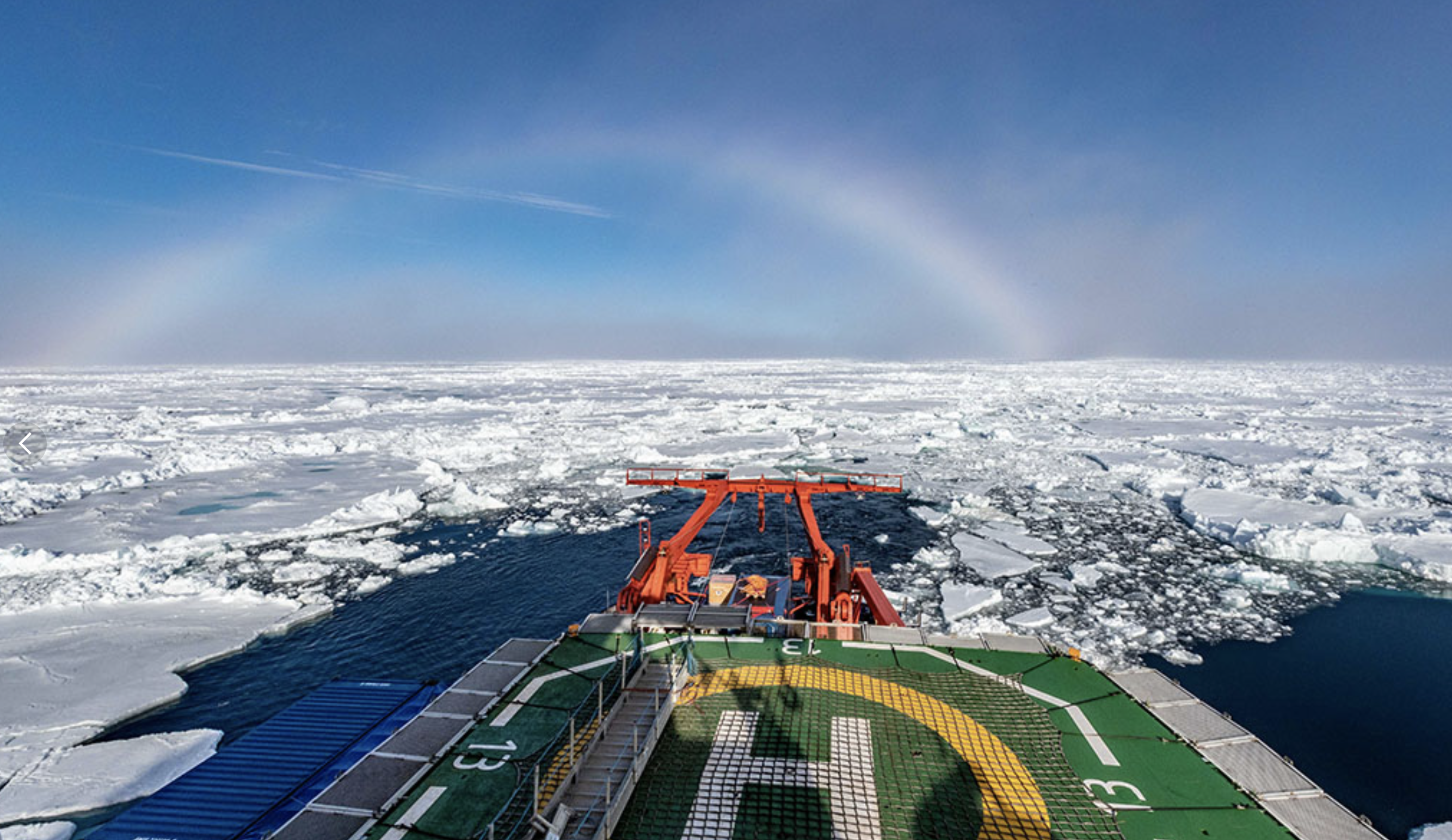
On Wednesday, June 17th, after 8 days of traveling through the ice, the Polarstern finally parked next to the sea ice floe that will be its home for the next several months. There is much to be done! Research cities must be set back up, which means running power lines and creating roads out on the ice. Summer in the Central Arctic will likely prove to be an exciting and challenging time for the scientists; as temperatures rise, the ice will melt and become more dynamic, forming melt ponds, ridges, and leads that researchers will have to contend with. Photo credit: Lianna Nixon
Listen the podcast: Pole Position - the Polarstern expedition reveals the Arctic's secrets
 #askmosaic: MOSAiC - An Aptly Named Mission
#askmosaic: MOSAiC - An Aptly Named Mission
Submitted question: Where did the idea for MOSAiC come from?
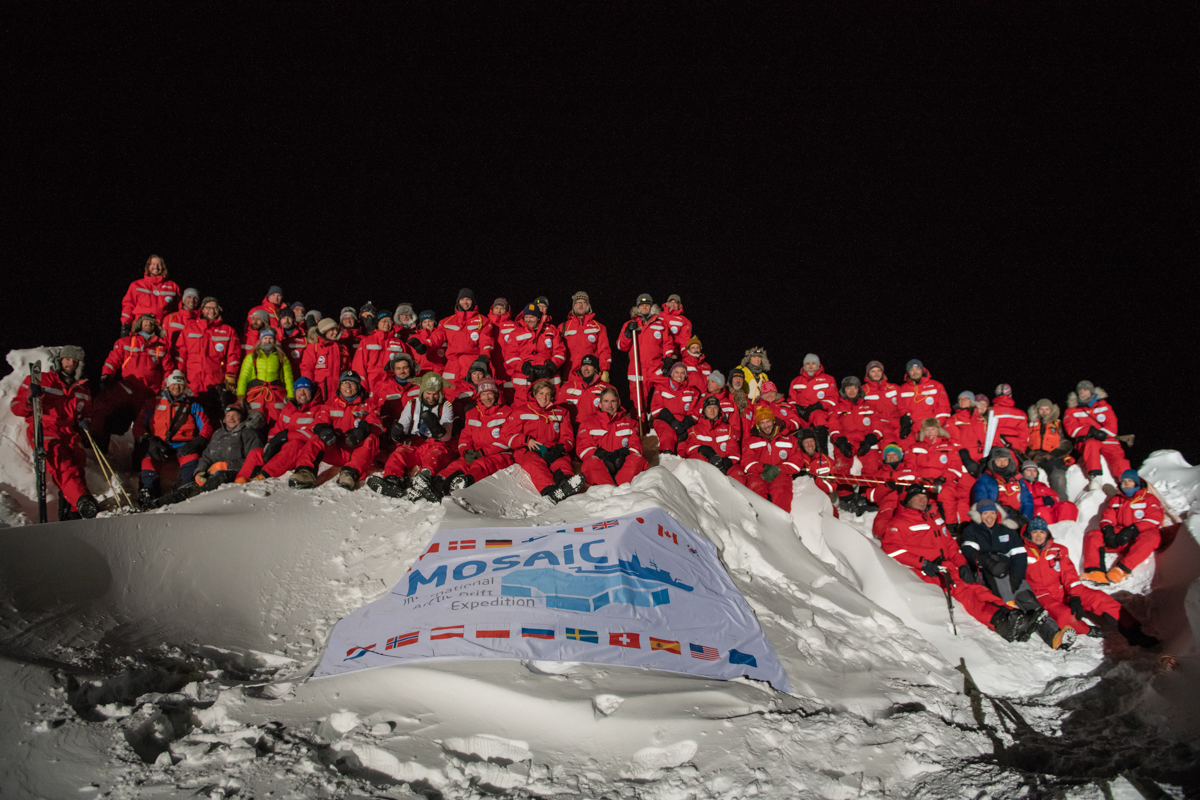
"MOSAiC is a very international project, and many different people contributed ideas towards the overall design of the expedition. Many of these ideas were influenced by past expeditions into the Arctic over the last 125 years. The science concept for MOSAiC initially came from a combination of ideas from scientists at the University of Colorado (USA) and the Alfred Wegener Institute (Germany), who led an international effort to develop the MOSAiC Science Plan. The logistical plan for MOSAiC was led by the Alfred Wegener Institute, based around their ship the Polarstern, in partnership with key logistic contributions from Russia, Sweden, China, and many other international partners." Photo credit: Esther Horvath
-Matthew Shupe, University of Colorado, MOSAiC expedition co-coordinator and Team Atmosphere member
Learn more about the original goals and plans for the MOSAiC expedition
Send us your #askmosaic questions!
Indigenous Knowledge and the Environment
What is indigenous knowledge, why is it important, and how is it changing among communities in the Arctic as the climate and environment change? Here are some resources to learn more:
Indigenous Peoples' Knowledge from the Arctic Council Indigenous Peoples' Secretariat
Traditional Knowledge is a systematic way of thinking and knowing that is elaborated and applied to phenomena across biological, physical, cultural and linguistic systems. Traditional Knowledge is owned by the holders of that knowledge, often collectively, and is uniquely expressed and transmitted through Indigenous languages.
Video: An Unpredictable Environment
It was traditionally the task of the women and girls to forecast the weather for hunting trips. Recent changes in climate have increased the uncertainty of using the traditional knowledge of Alaska Native science to predict the weather and associated animal behaviors, and this is having an impact on the subsistence lifestyle.
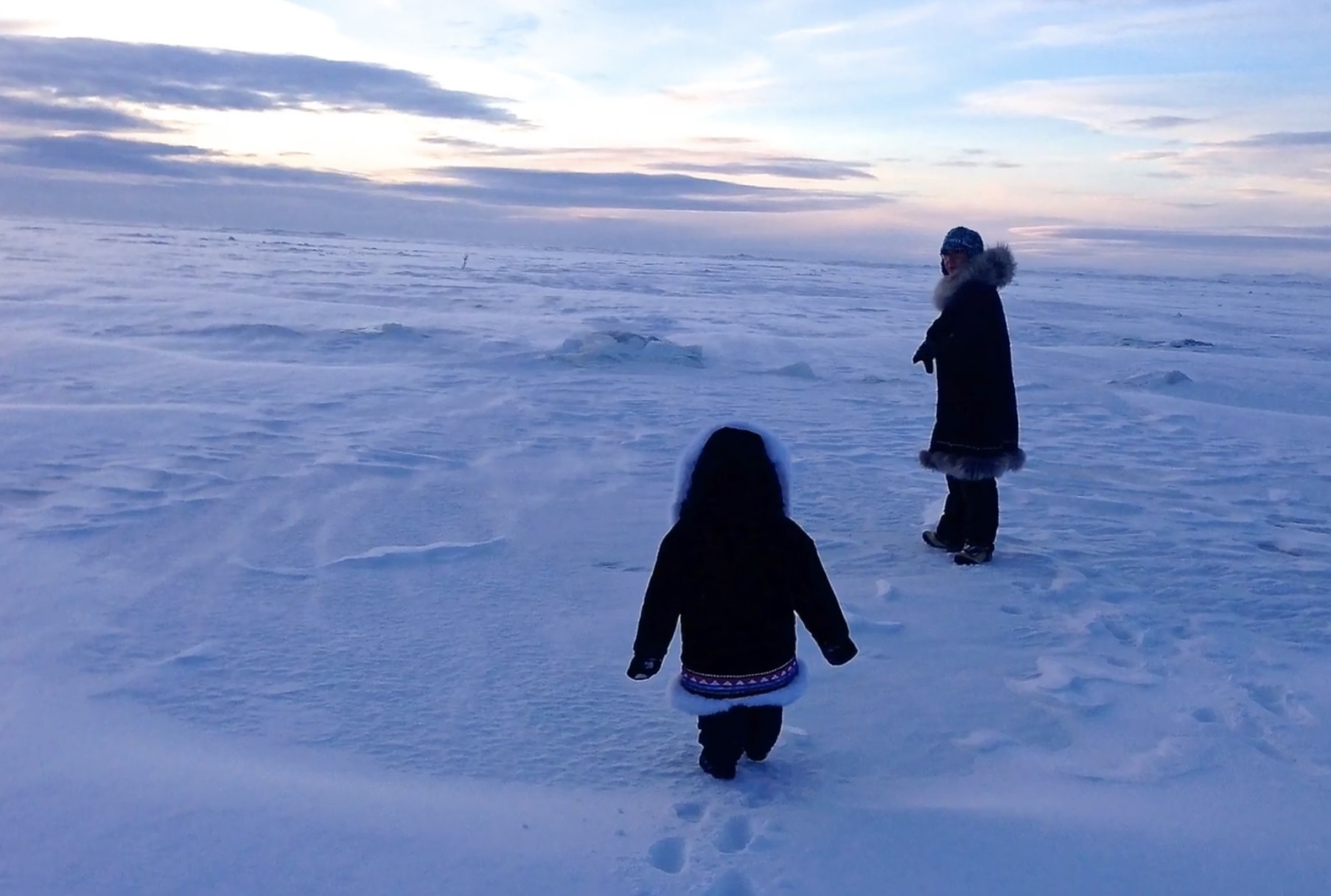
Scholarship Opportunity for Alaska Native Students
The Caleb Lumen Pungowiyi Scholars Program announces a call for applications for the 2020 Fall semester. The Caleb Scholars Program is available to students from Norton Sound, Northwest Arctic, and Arctic Slope regions and applicants must be pursuing an undergraduate or graduate degree in disciplines related to marine conservation.
Scholars are awarded $5,000 per semester and eligible for extracurricular activities like internships and travel opportunities. Scholars are expected to pursue experience above and beyond their degree program, such as internships, research projects, presentations or conferences, and more. Scholars are eligible for additional resources to support these requirements. Image credit: Caleb Scholars Program Website
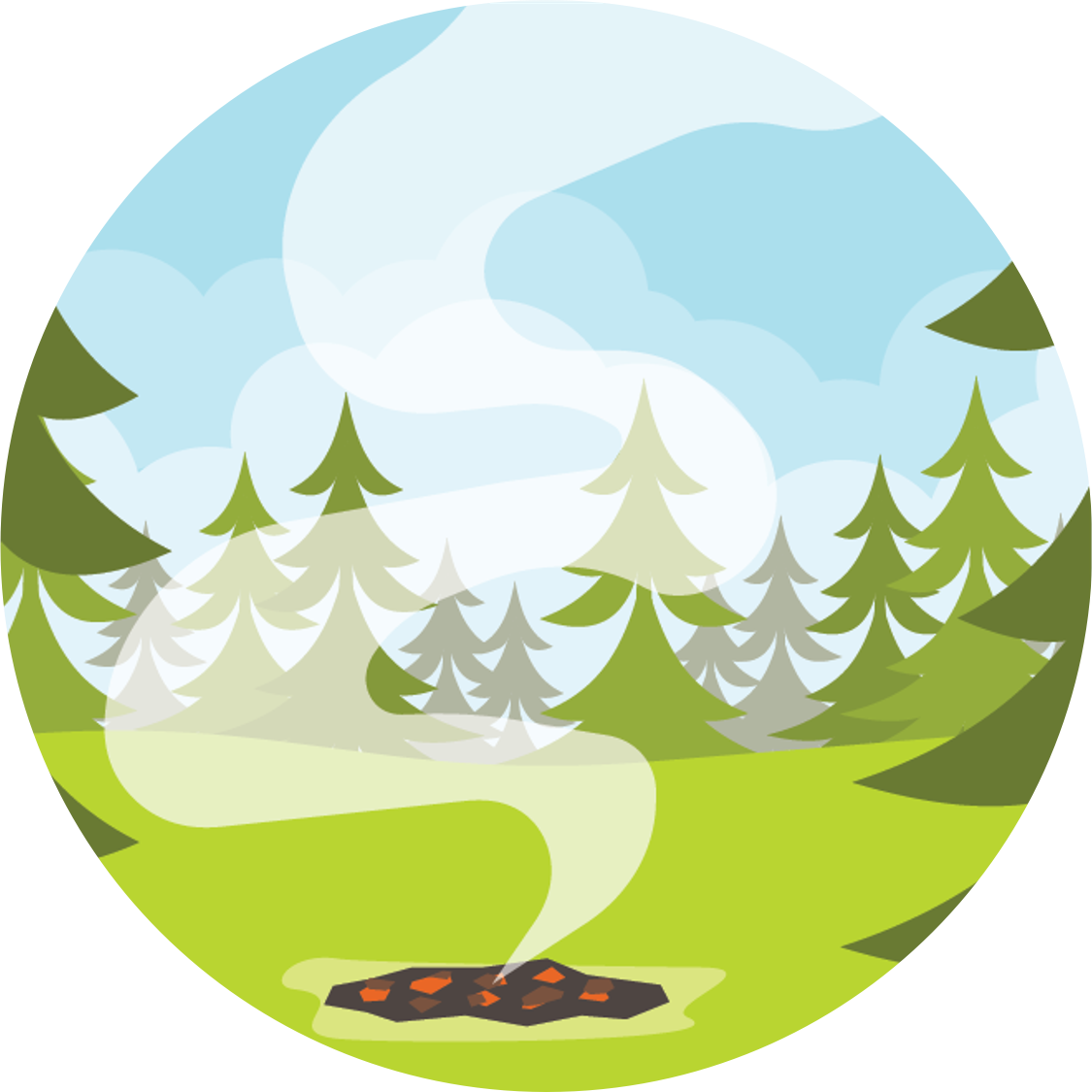 MOSAiC Virtual Summer Camp
MOSAiC Virtual Summer Camp
Did you or your kids have summer camp plans that fell through because of COVID? Not to worry! Tune in to MOSAiC Monday each week for a fun, hands-on and engaging virtual summer camp activity related to MOSAiC or the Arctic. All MVSC activities should be done with parent supervision!
This Week's Activity: Build Your Own Sea Ice Drifter
Celebrate the Polarstern's return to the Arctic ice by building your own sea ice drifter! A drifter is another name for a buoy, or something that drifts along with the ocean and/or sea ice and takes measurements. Drifters can measure a wide variety of things - air temperature and pressure, sea ice and ocean temperature and salinity, wind speed, and more. How do you think a drifter must be designed to withstand the cold, harsh conditions in the Arctic?
Materials (all are optional):
- Paper and pencil
- Aluminum foil
- Popsicle sticks
- Paper cups
- String
- Glue/tape
- Cardboard
- Paper clips
- Other craft materials of your choosing!
- Battery powered handheld fan (optional)
- Piece of styrofoam
- Wide tub of water (wading pool or bathtub, or something smaller will work too)
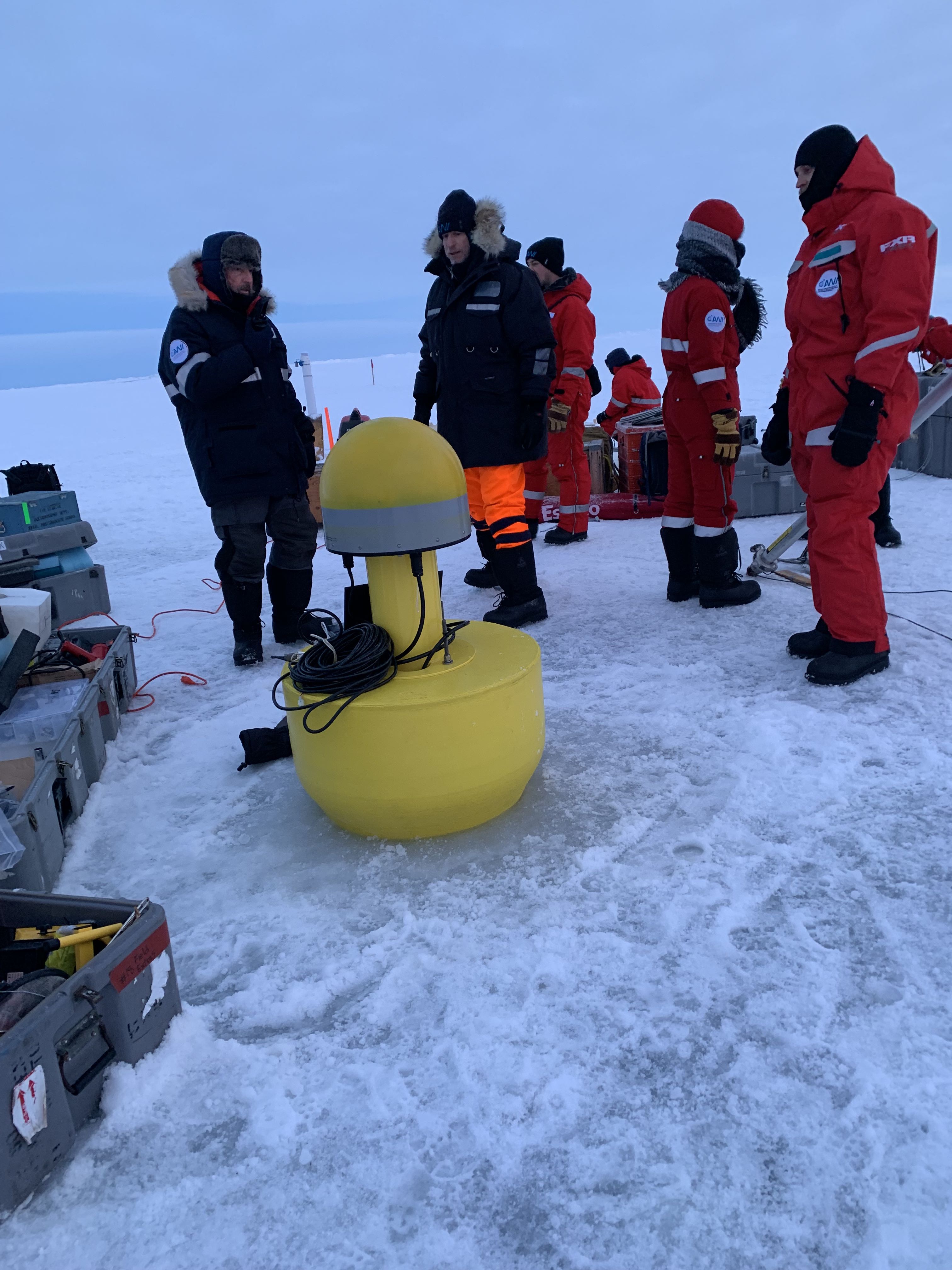
What to do:
1. Draw out a design of your sea ice drifter using pencil and paper. What shape do you think it should be so that it can drift along with sea ice and float after the ice has melted? What kinds of measurements do you want your drifter to be able to take? How are you going to protect your drifter from very cold Arctic temperatures and other environmental factors?
2. Gather your building materials and build your drifter.
3. Test your drifter: Attach it to a piece of styrofoam and place it in a tub of water. Turn the battery-powered fan on and direct it at the drifter (or you can simply blow on the drifter). What happens? Separate your drifter from the styrofoam and place it directly in the water. Does it float, or sink? How else might you test out your drifter?
4. Did your drifter work the way you wanted it to? If not, improve your design with your building materials and retest it.
This activity was adapted from one created by our friends at the SMILE program at Oregon State University. Check out the full activity here.
Photo: MOSAiC scientists prepare to deploy a sea ice drifter in the Arctic; Photo credit: Anne Gold
Share your drifters with us! Take a photo of your drifter and send it to us to be featured in future MOSAiC Mondays: mosaic@colorado.edu
Check out our full list of virtual and at-home polar learning resources here!
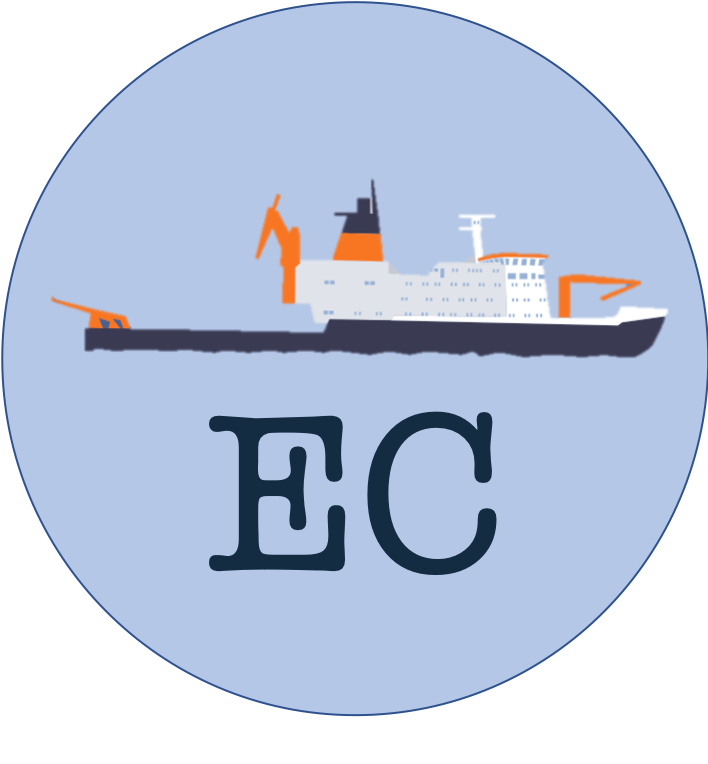 Educators' Corner
Educators' Corner
The school year has ended for most K-12 students and teachers in many places, which means that it's time for professional development workshops, fall curriculum planning, and hopefully a bit of relaxation time! Each week throughout the summer, we'll use Educators' Corner to highlight MOSAiC and Arctic-related lessons, multimedia resources, and other educational materials that you can use in your NGSS (or similar) classroom, in person or remotely. Are you looking for a particular kind of educational resource? Let us know! Email us at mosaic@colorado.edu.
For Your Classroom: Ice Floe Identification Lesson
Finding a suitable ice floe to park the Polarstern next to was one of the most important steps in the MOSAiC expedition. This involved several different people looking at different datasets and sharing their expertise with one another. You can simulate this process in your classroom with your students by challenging them to find a suitable ice floe for a fictional expedition similar to MOSAiC. In this two-day lesson, students each take on a different role—optical satellite imagery analyst, drift analyst, and ice thickness analyst—and work in research groups analyzing various real Arctic datasets to find a sea ice floe to park an icebreaker next to for their own Arctic research expedition. Photo credit: Esther Horvath
Teacher's Guide: Ice Floe Identification Lesson
Link to Google Drive folder with all lesson materials
Teacher tip: The files linked to above are view-only, but you can create copies for yourself that are editable.
Educators: Sign up now for MOSAiC Expedition Virtual Teacher Workshops in July and August!
Workshop 1: New & Old Arctic
When: July 28-29 10 am - 2 pm MT
Where: Your living room
Cost: Free!
What you get: Certificate for 10 hours of professional development with the option to pay for 1 graduate credit from CU Boulder
Workshop 2: Arctic Feedbacks: Not All Warming is Equal
When: August 4-5 10 am - 2 pm MT
Where: Your living room
Cost: Free!
What you get: Certificate for 10 hours of professional development and 1 graduate credit from CU Boulder (paid for by CIRES)
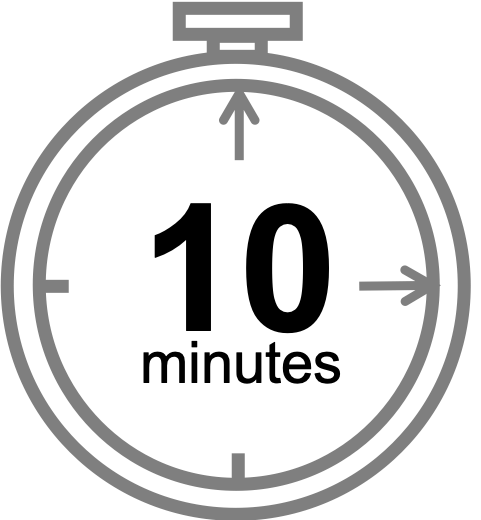 MOSAiC Weekly Tracking
MOSAiC Weekly Tracking
Plot the Polarstern
Each week we will provide you with the latitude and longitude coordinates of the Polarstern so that you can track its journey across the Arctic.
Download the map to plot coordinates
Download a larger map of the Arctic for a bigger picture view of the expedition area
Location of the Polarstern
| Date | Latitude | Longitude |
| September 16, 2019 | 69.68 N | 18.99 E |
| September 23, 2019 | 72.31 N | 26.93 E |
| September 30, 2019 | 85.12 N | 138.05 E |
| October 4, 2019** | 85.08 N | 134.43 E |
| October 7, 2019 | 85.10 N | 133.82 E |
| October 14, 2019 | 84.85 N | 135.03 E |
| October 21, 2019 | 84.97 N | 132.73 E |
| October 28, 2019 | 85.47 N | 127.07 E |
| November 4, 2019 | 85.88 N | 121.70 E |
| November 11, 2019 | 85.82 N | 116.00 E |
| November 18, 2019 | 86.05 N | 122.43 E |
| November 25, 2019 | 85.85 N | 121.35 E |
| December 2, 2019 | 85.97 N | 112.95 E |
| December 9, 2019 | 86.25 N | 121.40 E |
| December 16, 2019 | 86.62 N | 118.12 E |
| December 23, 2019 | 86.63 N | 113.20 E |
| December 30, 2019 | 86.58 N | 117.13 E |
| January 6, 2020 | 87.10 N | 115.10 E |
| January 13, 2020 | 87.35 N | 106.63 E |
| January 20, 2020 | 87.42 N | 97.77 E |
| January 27, 2020 | 87.43 N | 95.82 E |
| February 3, 2020 | 87.42 N | 93.65 E |
| February 10, 2020 | 87.78 N | 91.52 E |
| February 17, 2020 | 88.07 N | 78.52 E |
| February 24, 2020 | 88.58 N | 52.87 E |
| March 2, 2020 | 88.17 N | 31.02 E |
| March 9, 2020 | 87.93 N | 24.20 E |
| March 16, 2020 | 86.87 N | 12.70 E |
| March 23, 2020 | 86.20 N | 15.78 E |
| March 30, 2020 | 85.37 N | 13.27 E |
| April 6, 2020 | 84.52 N | 14.38 E |
| April 13, 2020 | 84.28 N | 14.97 E |
| April 20, 2020 | 84.52 N | 14.57 E |
| April 27, 2020 | 83.93 N | 15.65 E |
| May 4, 2020 | 83.92 N | 18.03 E |
| May 11, 2020 | 83.47 N | 13.08 E |
| May 18+, 2020 | 83.32 N | 8.68 E |
| May 25+, 2020 | 82.43 N | 8.28 E |
| June 1+, 2020 | 81.33 N | 9.93 E |
| June 8+, 2020 | 78.10 N | 12.73 E |
| June 15+, 2020 | 82.20 N | 8.18 E |
| June 22+, 2020 | 81.95 N | 9.27 E |
**Day when MOSAiC reached the ice floe that the Polarstern will become frozen in and drift with for the next year.
+ Indicates when the Polarstern traveled under its own engine power (no drifting)
Log MOSAiC Data
Keep track of Arctic conditions over the course of the expedition:
Download Data Logbook for Sept. 2019 - Dec. 2019
Download Data Logbook for Dec. 2019 - Mar. 2020
Download Data Logbook for Mar. 2020 - June 2020
| Date | Length of day (hrs) | Air temperature (deg C) at location of Polarstern | Arctic Sea Ice Extent (million km2) |
| September 16, 2019 | 13.25 | High: 10 Low: 4.4 | 3.9 |
| September 23, 2019 | 12.35 | High: 6 Low: -1 | 4.1 |
| September 30, 2019 | 9.1 | -4.7 | 4.4 |
| October 4, 2019** | 6.27 | -13.0 | 4.5 |
| October 7, 2019 | 3.05 | -8.2 | 4.6 |
| October 14, 2019 | 0 | -14.7 | 4.8 |
| October 21, 2019 | 0 | -12.8 | 5.4 |
| October 28, 2019 | 0 | -18.3 | 6.8 |
| November 4, 2019 | 0 | -18.9 | 8.0 |
| November 11, 2019 | 0 | -25.5 | 8.7 |
| November 18, 2019 | 0 | -10.7 | 9.3 |
| November 25, 2019 | 0 | -18.4 | 10.0 |
| December 2, 2019 | 0 | -26.6 | 10.4 |
| December 9, 2019 | 0 | -23.1 | 11.2 |
| December 16, 2019 | 0 | -19.2 | 11.8 |
| December 23, 2019 | 0 | -26.9 | 12.2 |
| December 30, 2019 | 0 | -26.4 | 12.6 |
| January 6, 2020 | 0 | -28.0 | 13.0 |
| January 13, 2020 | 0 | -30.7 | 13.1 |
| January 20, 2020 | 0 | -27.1 | 13.6 |
| January 27, 2020 | 0 | -22.5 | 13.8 |
| February 3, 2020 | 0 | -28.8 | 14.1 |
| February 10, 2020 | 0 | -26.2 | 14.5 |
| February 17, 2020 | 0 | -31.9 | 14.4 |
| February 24, 2020 | 0 | -24.0 | 14.6 |
| March 2, 2020 | 0 | -35.5 | 14.8 |
| March 9, 2020 | 0 | -37.9 | 14.7 |
| March 16, 2020 | 10.5 | -27.5 | 14.7 |
| March 23, 2020 | 16.5 | -28.7 | 14.4 |
| March 30, 2020 | 24 | -28.6 | 14.0 |
| April 6, 2020 | 24 | -18.2 | 13.7 |
| April 13, 2020 | 24 | -25.8 | 13.6 |
| April 20, 2020 | 24 | -10.2 | 13.3 |
| April 27, 2020 | 24 | -11.7 | 12.8 |
| May 4, 2020 | 24 | -16.2 | 12.8 |
| May 11, 2020 | 24 | -10.4 | 12.4 |
| May 18, 2020 | 24 | -5.1 | 11.7 |
| May 25, 2020 | 24 | 0.4 | 11.5 |
| June 1, 2020 | 24 | 0.0 | 11.1 |
| June 8+, 2020 | 24 | -0.1 | 10.6 |
| June 15+, 2020 | 24 | -0.4 | 10.1 |
| June 22+, 2020 | 24 | -0.4 | 9.6 |
*Note: We expect data to fall within the following ranges: Length of day, 0-24 hours; Temperature, -40 to 14 degrees C; Sea ice extent, 3-15 million km2
**Day when MOSAiC reached the ice floe that the Polarstern will become frozen in and drift with for the next year.
Is there something you'd like to see in MOSAiC Monday? Let us know!
Send us your feedback
New to MOSAiC Monday? Check out past editions!
Browse more expedition-related educational resources, videos, and blogs
Email us! mosaic@colorado.edu
